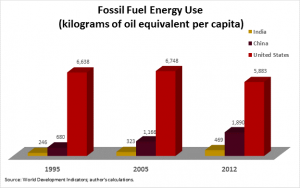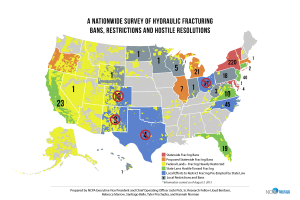Let Wind and Solar Energy Subsides Expire
Wind energy is doing very well…even though renewable sources of energy are still just a fraction of energy output in the United States with significant federal and state subsides. The success that some states have had with wind energy production is encouraging other states to expand their wind energy production offshore. However, offshore wind facilities will be very expensive to build and maintain.
According to the Energy Information Administration (EIA):
- Offshore wind is 2.6 times more expensive as onshore wind power and is 3.4 times more expensive than power produced by a natural gas combined cycle plant.
- On a kilowatt hour basis, offshore wind power is estimated to cost 22.15 cents per kilowatt hour, while onshore wind is estimated to cost 8.66 cents per kilowatt hour and natural gas combined cycle is estimated to cost 6.56 per kilowatt hour.
- Overnight capital costs (excludes financing charges) are 2.8 times higher for offshore wind than onshore wind power.
- An offshore wind farm is estimated to cost $6,230 per kilowatt, while those costs for an onshore wind farm are estimated to be $2,213 per kilowatt.
Apparently, solar energy is now more affordable. If solar energy is now affordable, then the federal subsidies are no longer needed. These federal subsidies have provided wind and solar developers with as much as $24 billion from 2008 to 2014.
The biggest wind and solar tax credits have expired or will expire by 2016. Let the renewable energy sources compete in the market by letting their subsidies expire.

